Terminal One (Aeroquay 1) at Toronto International Airport in 1972. Toronto Public Library, tspa 003228.
The Terminal at the Toronto airport, which became known as Terminal One (Aeroquay 1) after Terminal Two was built, was one of the finest airport facilities that I have ever experienced. It was so modern and up-to-date, it is difficult to believe that a mere decade after it opened, it was beyond its capacity due to the increase in the number of passengers, the amount of cargo, and the expanded size of new aircraft. However, it remained operative for several more decades before it was finally closed and demolished. Unfortunately, it is the latter years, when it was frustratingly beyond its capacity, that people remember the most.
My interest in the structure was perhaps more than the average traveller, as in the early-1960s, my father was a rodman who worked on structural steel on the site. For several years, I listened as he described the various stages of its construction.
My first time aboard an airplane was in 1965, only one year after the terminal opened. The occasion was a trip to New York City. Two years later, in 1967, I ventured on my first overseas flight to Europe. On both these occasions, I flew out of Toronto’s Terminal One (Aeroquay 1). I am grateful that I had the opportunity pass through it during the days when it was among the most advanced facility of its kind in the world. It established Toronto as a world leader in airport design.
I will never forget my first view of the terminal in 1965, and can easily recall my keen anticipation to see the building that my father had helped construct. It resembled the futuristic structures I had seen as a boy in space films—an enormous modernistic expanse of glass and steel that appeared as if it were intended for journeys to the far reaches of the universe. Compared to the terminals that I was to visit in the years ahead, Terminal One was amazingly convenient to navigate.
At the time, other airports around the globe were long rectangular buildings in which passengers walked considerable distances to reach the gates. In Toronto’s Terminal One, due to its oval design, all the gates were not more than two minutes from the elevator doors descending from the parking garage. This was a new concept in the 1960s, and it was eventually copied by many airports around the world.
It is said that after the famous author, Arthur Hailey, toured Terminal One, he was inspired to write his famous book Airport. Now that I am older, shorter distances to walk inside airports is a feature that I greatly appreciate. It is a pity that Toronto’s two new terminals did not continue this concept, as today, the distances required to walk to departure gates is far too long.
In fairness, passenger numbers have grown so greatly that to employ the concept of an oval-shaped terminal today, it would have to be so large that the advantage of shorter distances would be lost. Pity! Bigger is not always better.
I remember that in 1965, travelling to New York, prior to going to my assigned departure gate, I strolled around the full circumference of the concourse level to gaze at the shops, restaurants, kiosks and lounges. They were amazing. The vast surfaces of glass in the windows allowed plenteous daylight to flood the interior, so that everything was sparkling and brightly lit. In that era, adding to the delight of travelling, security was minimal. As a matter of fact, it was done so unobtrusively that to this day, I do not even recall it.
On the roof of the terminal’s concourse level, there was a restaurant that overlooked the runways, allowing diners to view the departing and arriving aircraft. The ever-changing 180-degree scene was fascinating. The identifying logos and colours on the fuselage of the planes of the various international airlines created visions of faraway exotic destinations. I also remember that the food in the restaurant was not all that good, and the wine list even worse. After all, it was the 1960s. My return flight was on a Trans-Canada Airline turboprop, and was considerably noisier, but retrieving my luggage and departing the airport was convenient.
It was on April 10, 1937 that Trans-Canadian Airline had been created by an Act of Parliament, to provide air flights across Canada’s enormous land mass. The airline was renamed Air Canada in 1965, the year of my first flight.
In 1967, I journeyed to Europe aboard a flight on Canadian Pacific Airlines, later renamed Canadian Airlines. Because the flight was delayed for two hours, I was given a voucher to purchase food, and when I returned home three weeks later, there was a letter from the airline apologizing for the delay of my outbound flight. It was indeed the glorious age of air travel.
The words “glorious age of air travel” bring to mind Wardair. This airline offered the finest inflight service that I have ever known. The company possessed a great respect for its passengers, maintaining their holidays commenced the moment they stepped inside one of their aircraft. On their jumbo-jet 747 flights, they did not employ carts in the aisles to serve meals and drinks, but delivered all items efficiently with trays. This meant that there were no blocked aisles. On a Wardair flight I took to Spain, they served the evening meal by a buffet, located at the front of the plane. Passengers were notified according to their seat numbers when it was their turn to go to the front to choose the items for their dinner. This level of service remains possible today, but no airline seems to be motivated to provide the staff and organization required. Using carts in the aisles to service passengers’ needs require fewer personnel.
Terminal One opened on February 28, 1964. Designed by architects John P. Parkin, who designed the original Yorkdale Plaza, it possessed the capacity to handle 1400 passengers an hour. The concourse (passenger) level of the structure had 24 gates, which were arranged in an oval structure that surrounded a nine-storey parking garage.
The terminal was constructed on the site where a terminal had been built in 1939 for what was then known as Malton Airport. It had formerly been the site of a military training airstrip where test flights had been conducted for the famous Avro Arrow.
The Malton terminal was a small square-shaped structure of two storeys, with a small structure on its roof. I am not certain if it contained the control tower. It was this inauspicious terminal that welcomed Princess Elizabeth and the Duke of Edinburgh when they arrived in Toronto in 1951, on their first visit to Canada. A year later, on the death of her father, King George V1, Princess Elizabeth was to become Queen Elizabeth II. Photo above is of the Malton Terminal, which opened in 1939.
It was small by modern standards, as it was built in a decade in which very few people travelled by plane. Airfares were expansive when compared to the wages earned by most people. In this era, personnel onboard the aircraft were referred to as stewardesses or stewards, and Trans-Canada Airlines (now Air Canada) required that stewardesses be qualified nurses. When travelling on a plane, most people dressed in formal attire, the men wearing suits and ties, the women donning hats, as flying was a special occasion.
Prior to the building of the terminal at Malton, the city’s airport at been located on Hanlan’s Point, on the Toronto Islands. Its terminal resembled the one that was erected at Malton. The airport on Toronto Islands had been relocated to Malton as on Hanlan’s Point there was limited space for expansion and the site was often fog-bound, causing many flights to be cancelled. These were the days prior to radar.
In 1960, the name of the airport at Malton was changed to Toronto International Airport. To accommodate increased passenger numbers, a second terminal opened in 1972. It was a rather ugly structure, looking more like a freight depot than a passenger terminal. In 1984, the airport’s name became the Lester B. Pearson International Airport. In 1991, Terminal Three was opened, originally named the Trillium Terminal. There were now three terminals at the airport.
In 2004, a new terminal opened to replace the old Terminal One, and it became the new Terminal One. On April 5, 2004, flight 862 to London was the final departure from Terminal One, and on November 4th the same year, the terminal’s demolition commenced. In 2007, Terminal Two was demolished, so that only Terminals One and Three remained. The number were never changed, so today, the Toronto airport has two terminals — Terminal One and Terminal Three.
With the demise of the old Terminal One, another of Toronto’s great architectural feats disappeared into history.
History Leading to the construction of Terminal One
Island Airport
The terminal at the airport on Hanlan’s Point in 1930, in the background the newly completed Royal York Hotel (opened in 1929) and on the far left-hand side, The Terminal Warehouse, which opened in 1927, and later renamed the Queen’s Quay Terminal Building.
Site of the Island Airport in 1937, when summer cottages lined the shoreline facing west. The cottages and trees were later removed. In the far background on the left are the Canada Malting Silos. Toronto Archives, Fonds 200, Series 372, Item 1966.
View in 1938 of the Island Airport when it was being expanded and a new terminal built. View gazes south, the western gap in the foreground. In the far distance, the lighthouse on Gibraltar Point is visible, jutting above the trees. Toronto Archives, Fonds 1244, item 1456.
Opening of the newly expanded Island Airport in 1939. In the background is the Royal York Hotel, and on the far right is the Harbour Commission Building. Toronto Archives, Fonds 1244, item 4590.
View on June 14, 1938 of the Island Airport, looking south, the camera on the roof of the grain elevator. On the south side of the Western Gap is the new terminal building and the expanded airfield. Toronto Archives, Fonds 1231, item 0117.
Malton Airport
Airfield at Malton in June 1939. Toronto Archives, Fonds 1231, item 1141.
Undated photo of Malton Airport, the Terminal in the background. Toronto Archives.
Undated photo from the Toronto Archives of the terminal at Malton.
Undated photo of the Malton Terminal, Toronto Archives.
Malton Airport in 1946, a Trans-Canada Airlines plane in view. The door of the gas truck has the logo of Supertest Petroleum. Toronto Archives, F 0124, fl0008, id 0004.
Immigrants arriving at Malton Airport in 1947. Toronto Archives, Fonds 1257, S 1057, Item 7569.
Immigrants arriving at Malton in 1948. Toronto Archives, Fonds 1257, S 1057, item 7603.
Terminal One (Aeroquay One)
Terminal One with its oval concourse level that surrounds the square-shaped nine-storey parking garage. The restaurant is on the roof of the concourse level.
Undated aerial photo of Terminal One and the runways surrounding it. Toronto Archives.
View c. 1965 of Terminal One from near the runways. Toronto Archives.
Entrance to parking garage of Terminal One by night. Undated, Toronto Archives.
Flight departing from Terminal One in 1966. Toronto Archives, F 0217, S 0249, fl 0096, item 0001.
Canadian Airlines jet at Terminal One, 1989. Toronto Public Library, tspa 0003112.
Wardair jumbo jet at Terminal One in 1980. Tspa 0003260.
Wardair jet departing Terminal one in 1989. Toronto Public Library, tspa 00030921.
To view the Home Page for this blog: https://tayloronhistory.com/
For more information about the topics explored on this blog:
https://tayloronhistory.com/2016/03/02/tayloronhistory-comcheck-it-out/
Books by the Blog’s Author
“ Lost Toronto”—employing detailed archival photographs, this recaptures the city’s lost theatres, sporting venues, bars, restaurants and shops. This richly illustrated book brings some of Toronto’s most remarkable buildings and much-loved venues back to life. From the loss of John Strachan’s Bishop’s Palace in 1890 to the scrapping of the S. S. Cayuga in 1960 and the closure of the HMV Superstore in 2017, these pages cover more than 150 years of the city’s built heritage to reveal a Toronto that once was.
“Toronto’s Theatres and the Golden Age of the Silver Screen,” explores 50 of Toronto’s old theatres and contains over 80 archival photographs of the facades, marquees and interiors of the theatres. It relates anecdotes and stories by the author and others who experienced these grand old movie houses. To place an order for this book, published by History Press:
Book also available in most book stores such as Chapter/Indigo, the Bell Lightbox and AGO Book Shop. It can also be ordered by phoning University of Toronto Press, Distribution: 416-667-7791 (ISBN 978.1.62619.450.2)
“Toronto’s Movie Theatres of Yesteryear—Brought Back to Thrill You Again” explores 81 theatres. It contains over 125 archival photographs, with interesting anecdotes about these grand old theatres and their fascinating histories. Note: an article on this book was published in Toronto Life Magazine, October 2016 issue.
For a link to the article published by |Toronto Life Magazine: torontolife.com/…/photos-old-cinemas-doug–taylor–toronto-local-movie-theatres-of-y…
The book is available at local book stores throughout Toronto or for a link to order this book: https://www.dundurn.com/books/Torontos-Local-Movie-Theatres-Yesteryear

“Toronto Then and Now,” published by Pavilion Press (London, England) explores 75 of the city’s heritage sites. It contains archival and modern photos that allow readers to compare scenes and discover how they have changed over the decades. Note: a review of this book was published in Spacing Magazine, October 2016. For a link to this review:
spacing.ca/toronto/2016/09/02/reading-list-toronto-then-and-now/
For further information on ordering this book, follow the link to Amazon.com here or contact the publisher directly by the link below:
http://www.ipgbook.com/toronto–then-and-now—products-9781910904077.php?page_id=21
![Tr. One, 1972 tspa_0003228f[1] Tr. One, 1972 tspa_0003228f[1]](https://tayloronhistory.com/wp-content/uploads/2018/01/tr-one-1972-tspa_0003228f1_thumb.jpg)
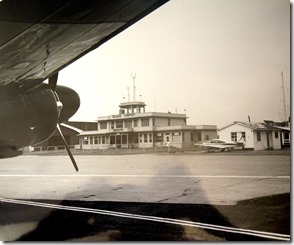
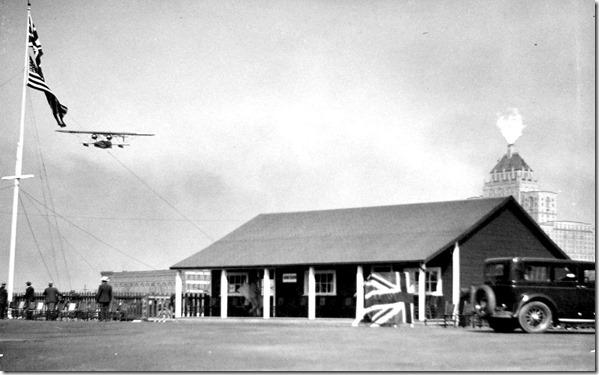
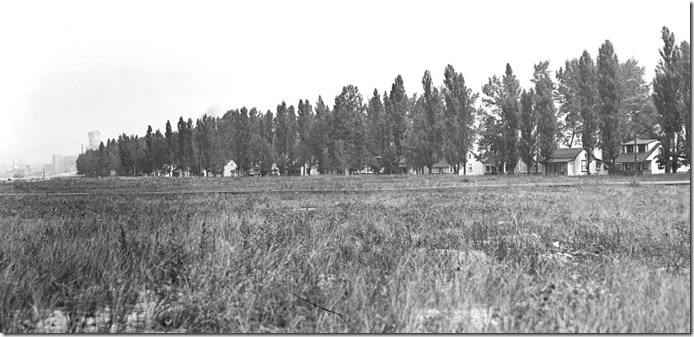
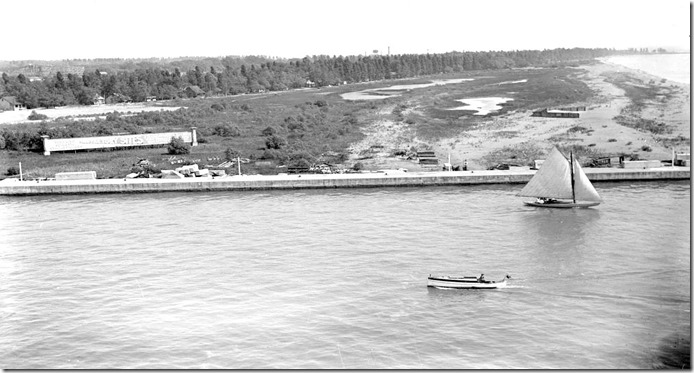
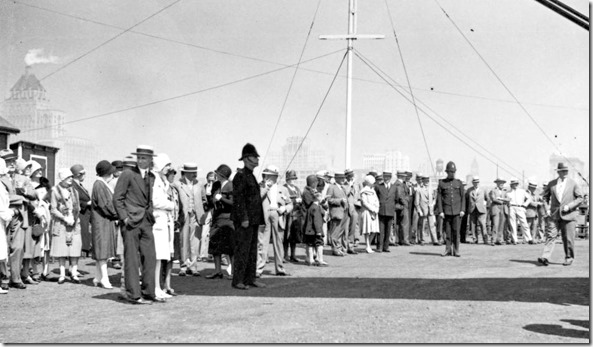
![Island airport, June 14, 1939. f1231_it0117a[1] Island airport, June 14, 1939. f1231_it0117a[1]](https://tayloronhistory.com/wp-content/uploads/2018/01/island-airport-june-14-1939-f1231_it0117a1_thumb.jpg)
![Malton, June 1939 f1231_it1141a[1] Malton, June 1939 f1231_it1141a[1]](https://tayloronhistory.com/wp-content/uploads/2018/01/malton-june-1939-f1231_it1141a1_thumb.jpg)

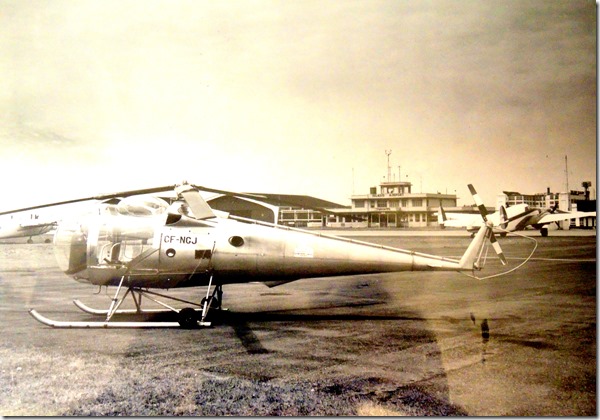
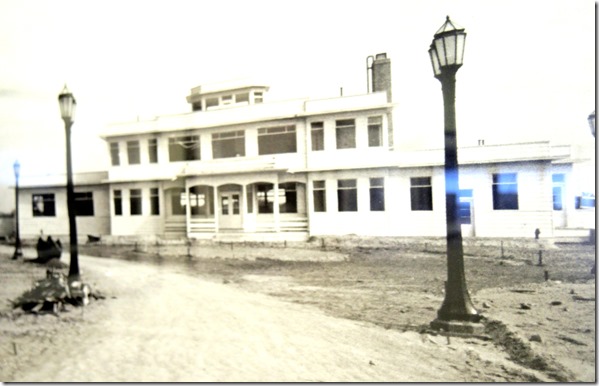
![Malton 1946 -f0124_fl0008_id0004[1] Malton 1946 -f0124_fl0008_id0004[1]](https://tayloronhistory.com/wp-content/uploads/2018/01/malton-1946-f0124_fl0008_id00041_thumb.jpg)
![immigrants, TCA 1947 f1257_s1057_it7569[1] immigrants, TCA 1947 f1257_s1057_it7569[1]](https://tayloronhistory.com/wp-content/uploads/2018/01/immigrants-tca-1947-f1257_s1057_it75691_thumb.jpg)
![immigrants 1948, Malton f1257_s1057_it7603[1] immigrants 1948, Malton f1257_s1057_it7603[1]](https://tayloronhistory.com/wp-content/uploads/2018/01/immigrants-1948-malton-f1257_s1057_it76031_thumb.jpg)


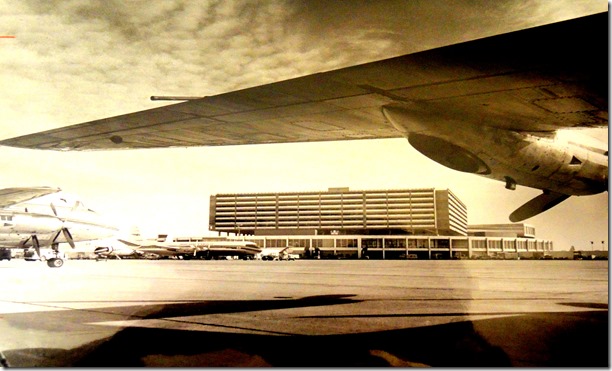
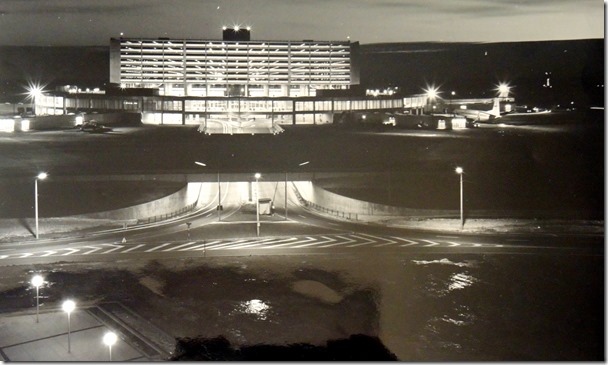
![1966 f0217_s0249_fl0096_it0001[1] 1966 f0217_s0249_fl0096_it0001[1]](https://tayloronhistory.com/wp-content/uploads/2018/01/1966-f0217_s0249_fl0096_it00011_thumb.jpg)
![ter. 1, 1989. tspa_0003112f[2] ter. 1, 1989. tspa_0003112f[2]](https://tayloronhistory.com/wp-content/uploads/2018/01/ter-1-1989-tspa_0003112f2_thumb.jpg)
![Wardair 1980, tspa_0003260f[1] Wardair 1980, tspa_0003260f[1]](https://tayloronhistory.com/wp-content/uploads/2018/01/wardair-1980-tspa_0003260f1_thumb.jpg)
![Wardair 1989. tspa_0003092f[1] Wardair 1989. tspa_0003092f[1]](https://tayloronhistory.com/wp-content/uploads/2018/01/wardair-1989-tspa_0003092f1_thumb.jpg)
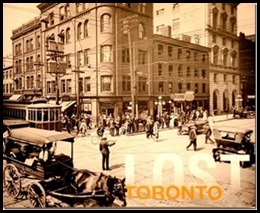
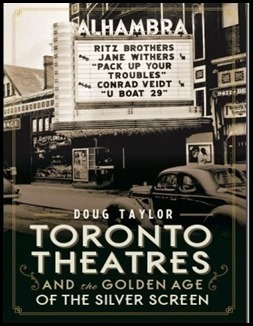
![image_thumb6_thumb_thumb_thumb_thumb[3] image_thumb6_thumb_thumb_thumb_thumb[3]](https://tayloronhistory.com/wp-content/uploads/2018/01/image_thumb6_thumb_thumb_thumb_thumb3_thumb.png)